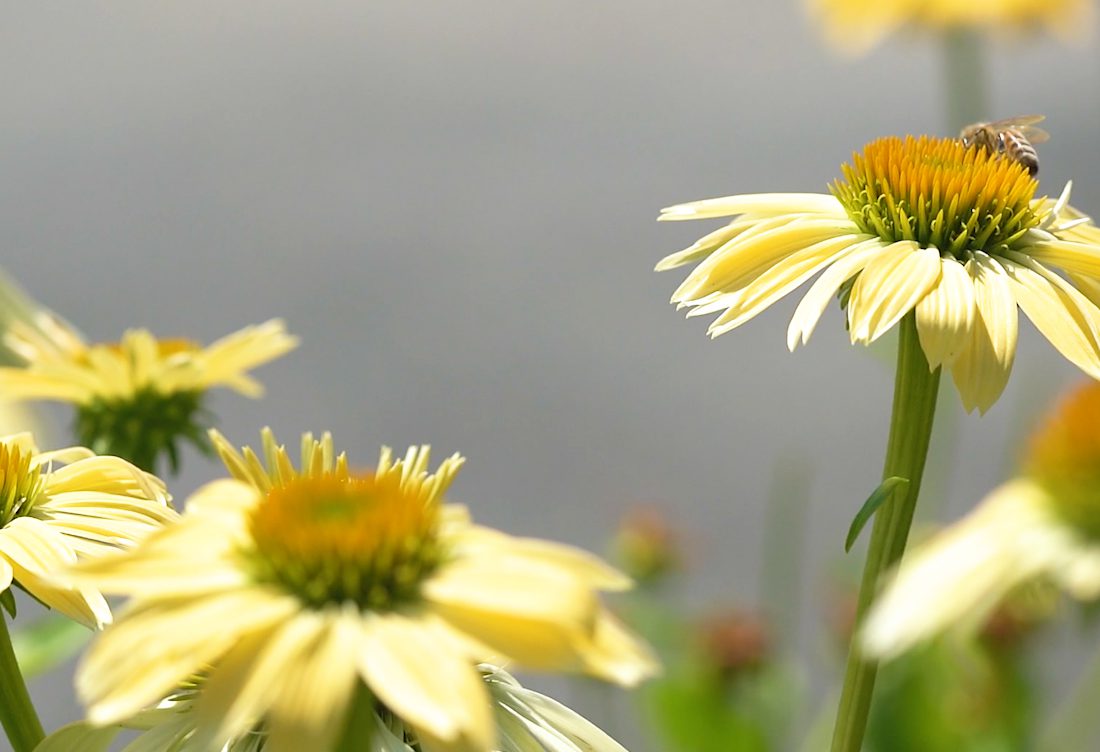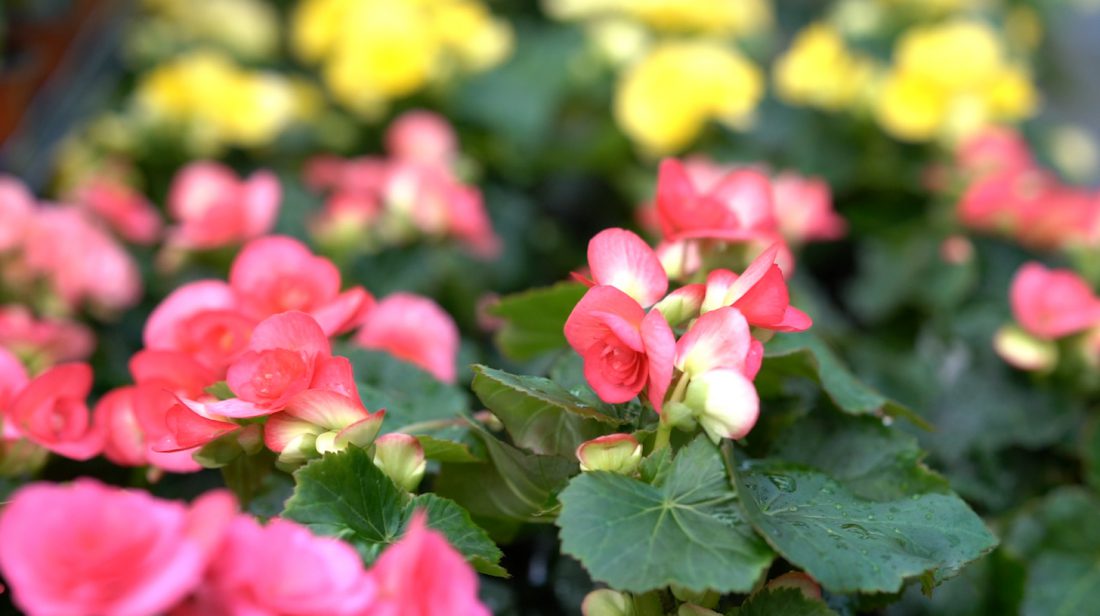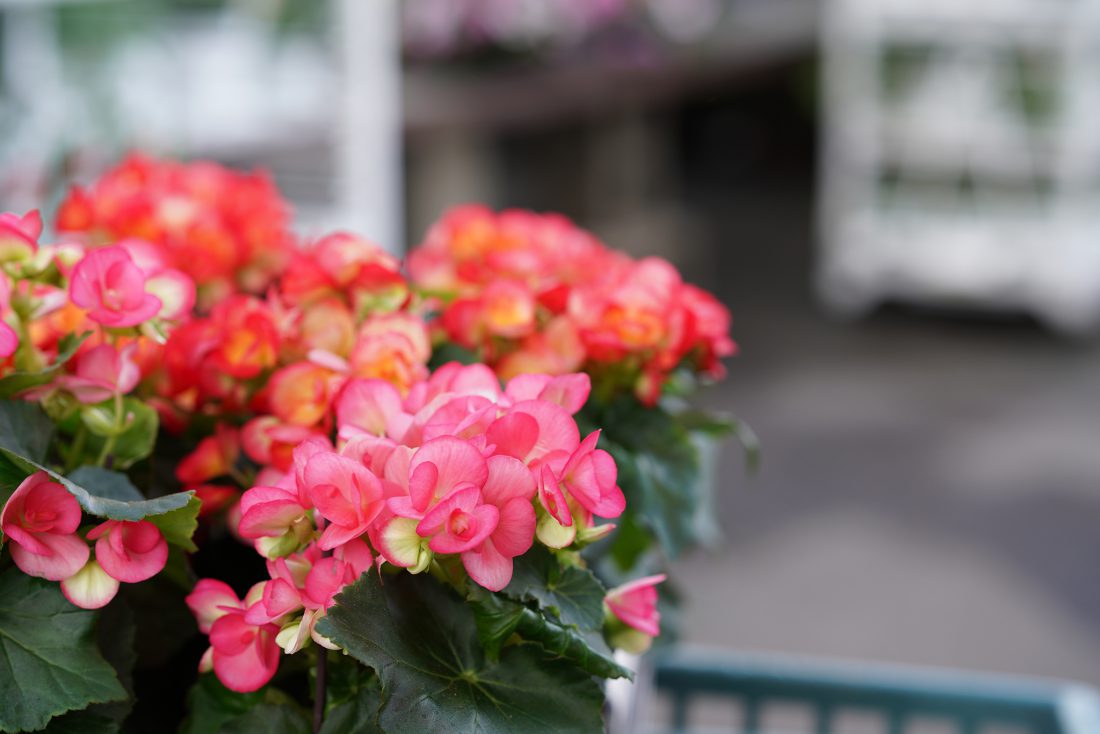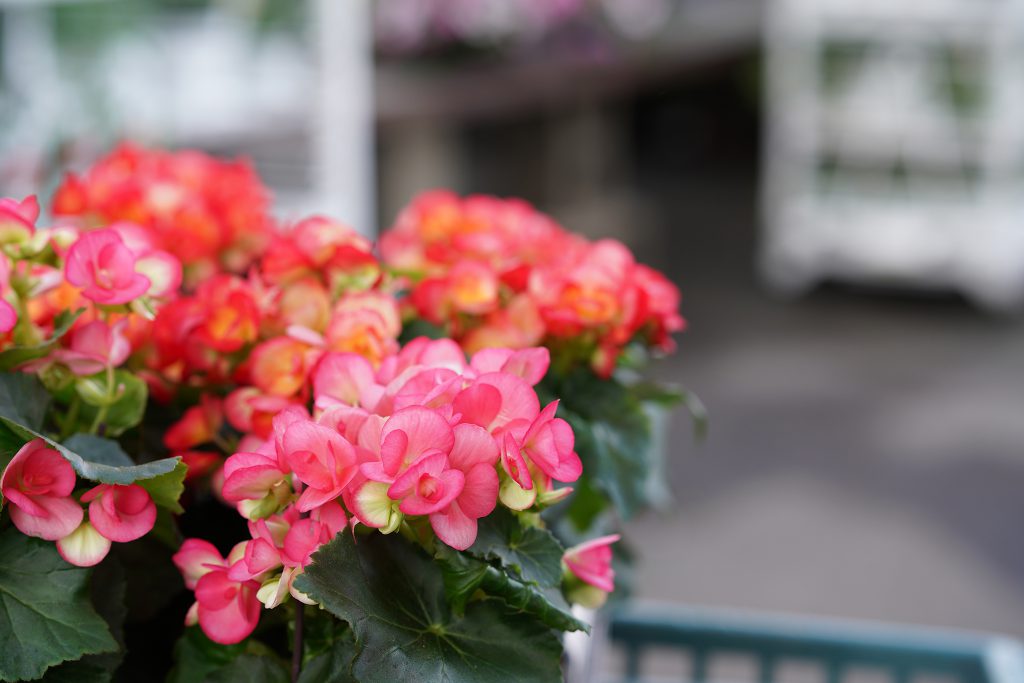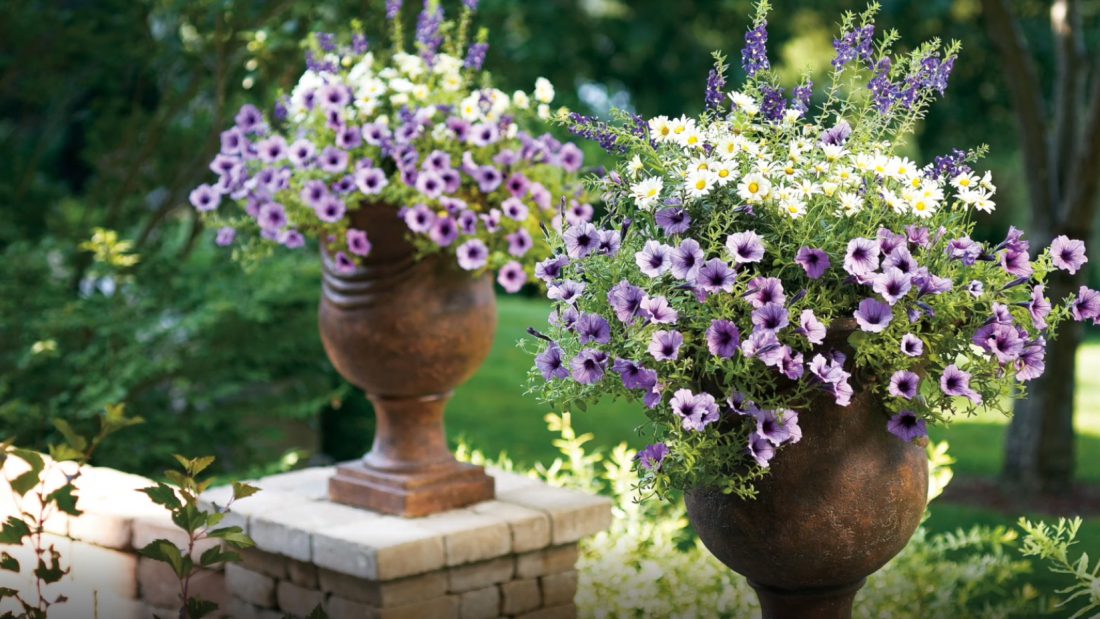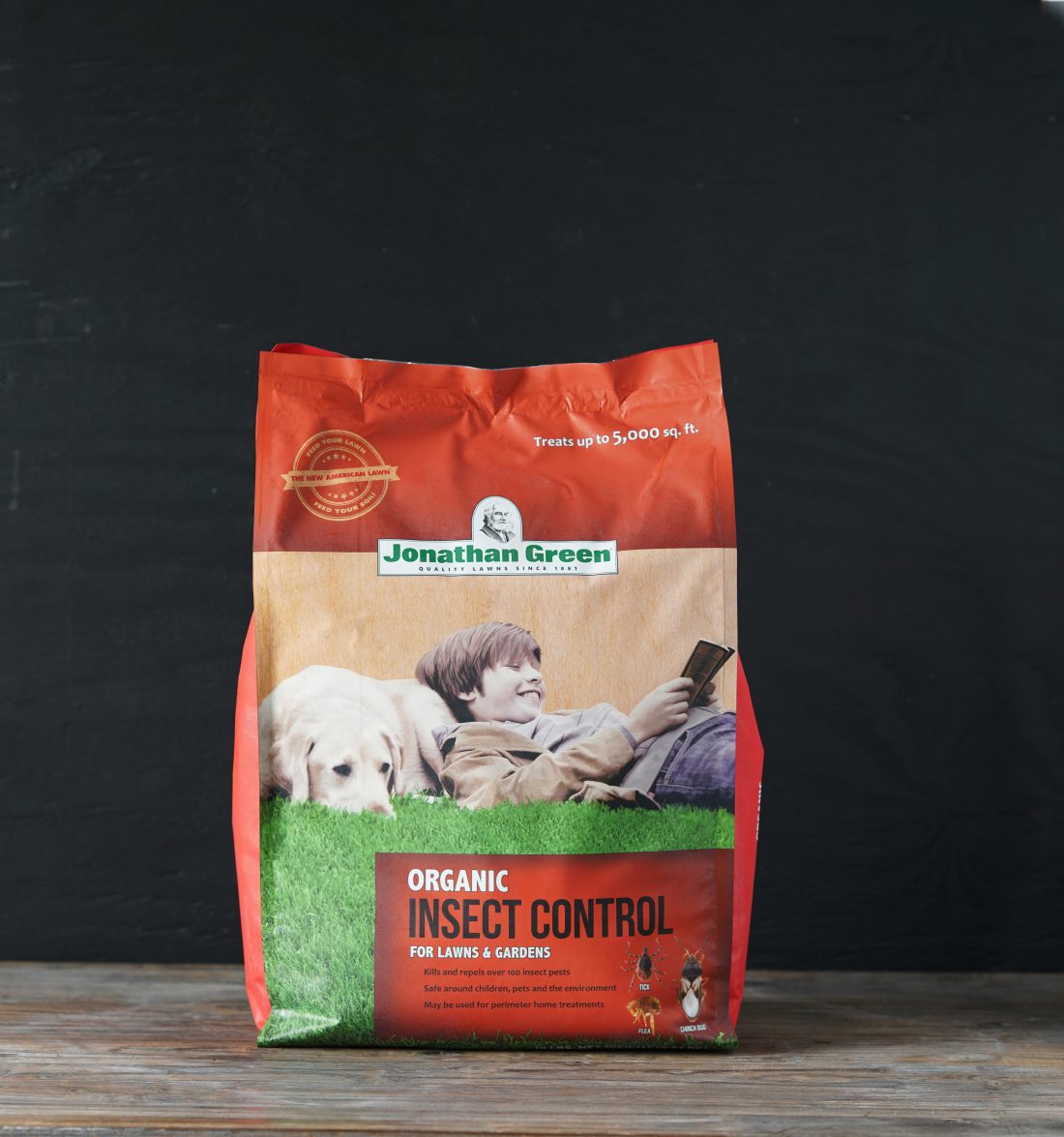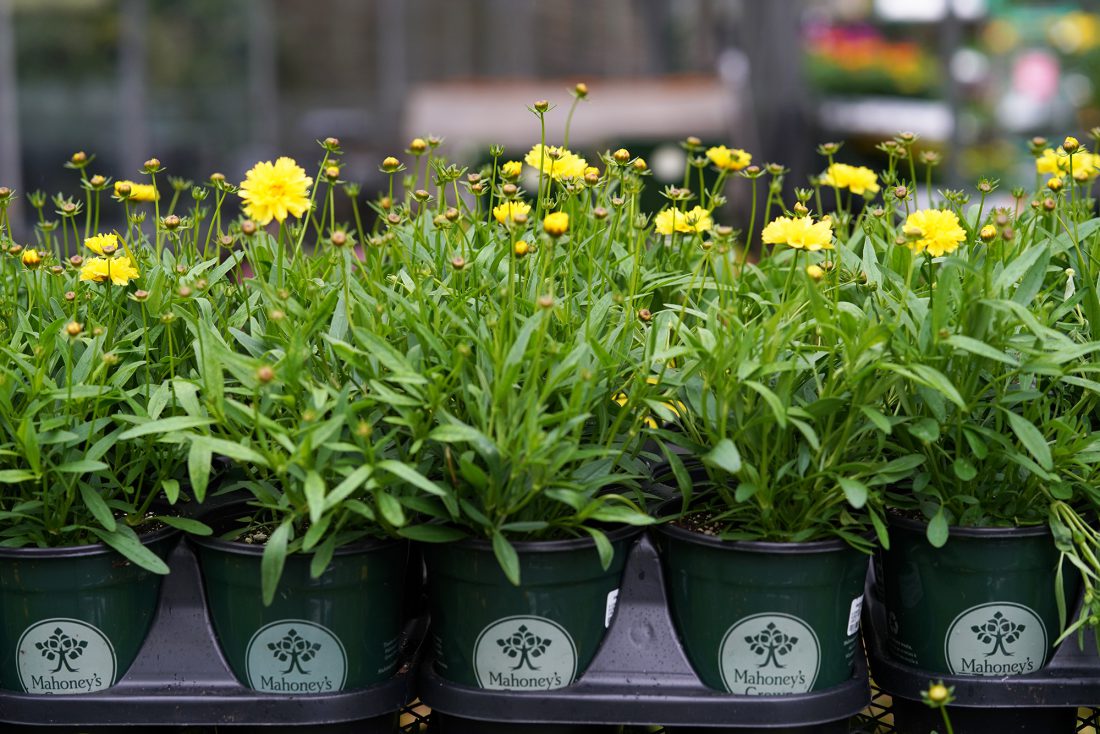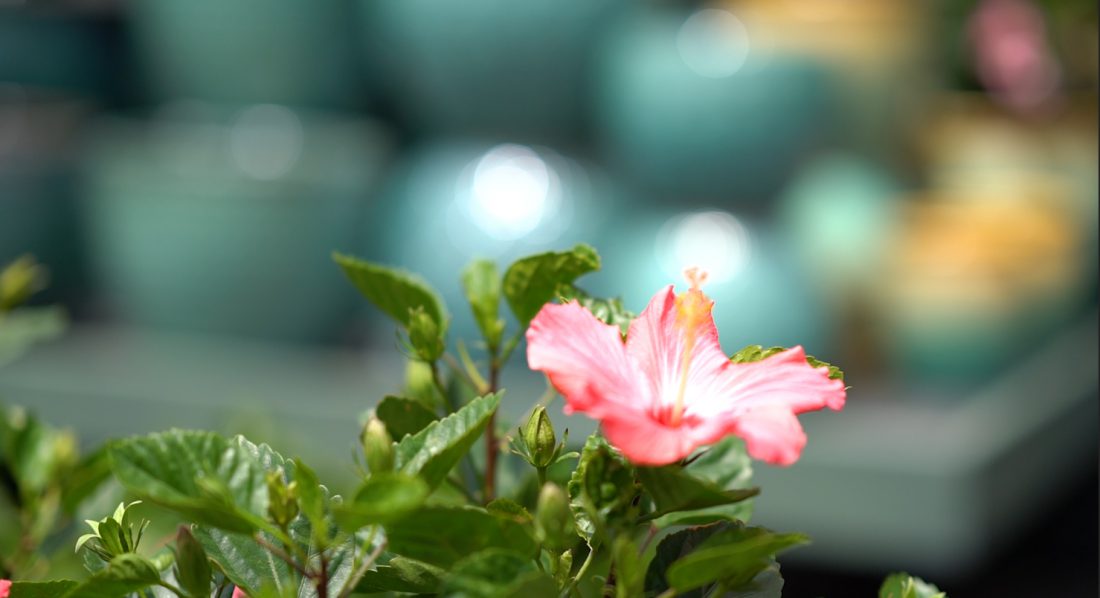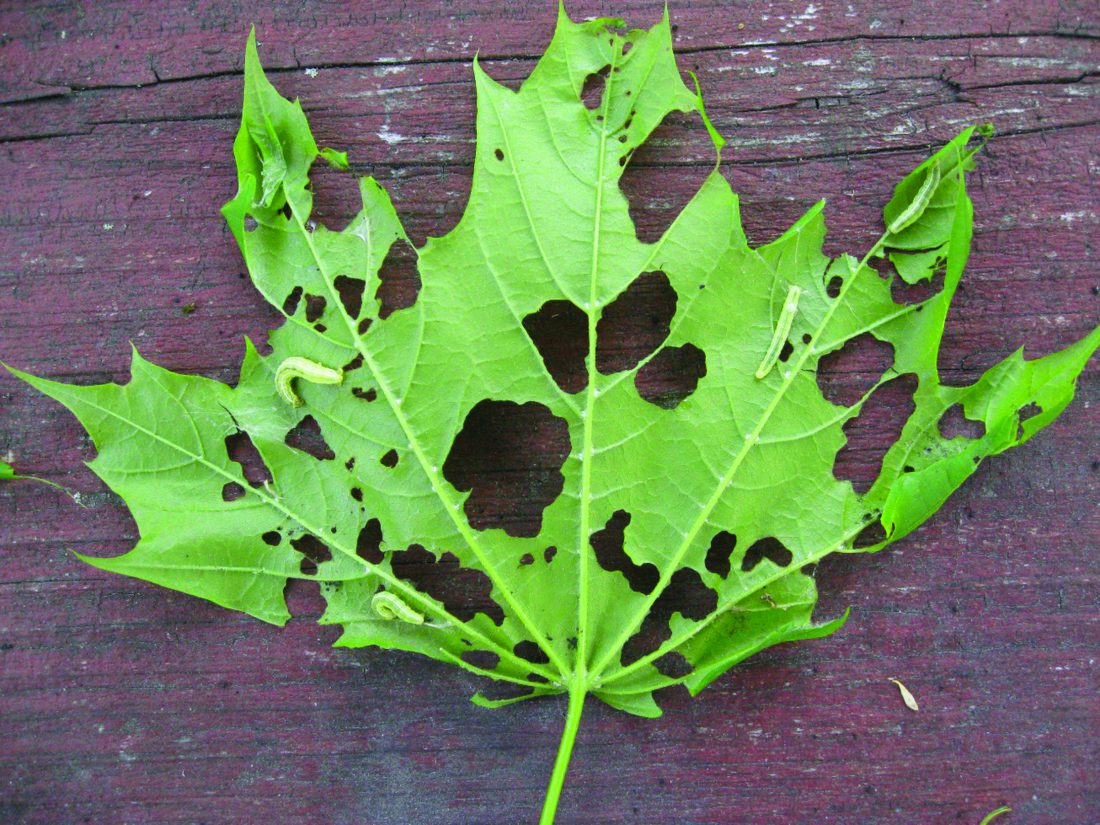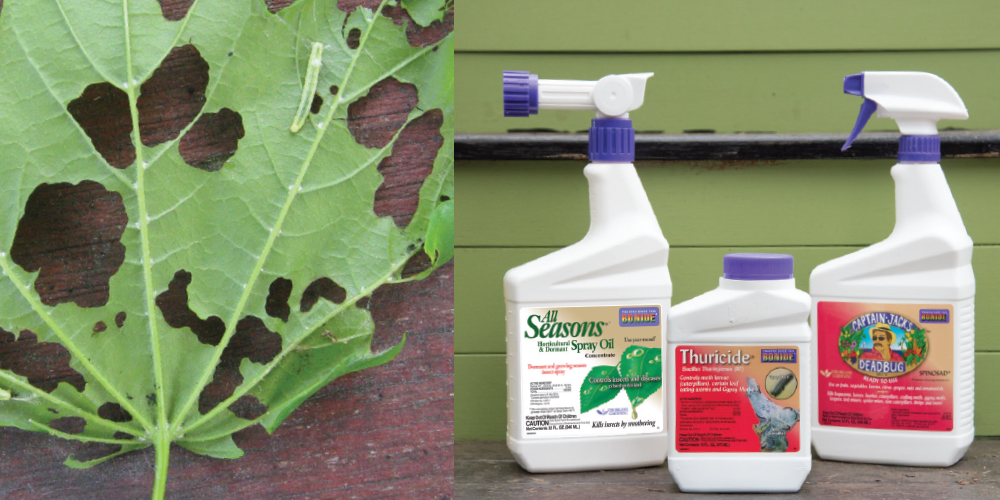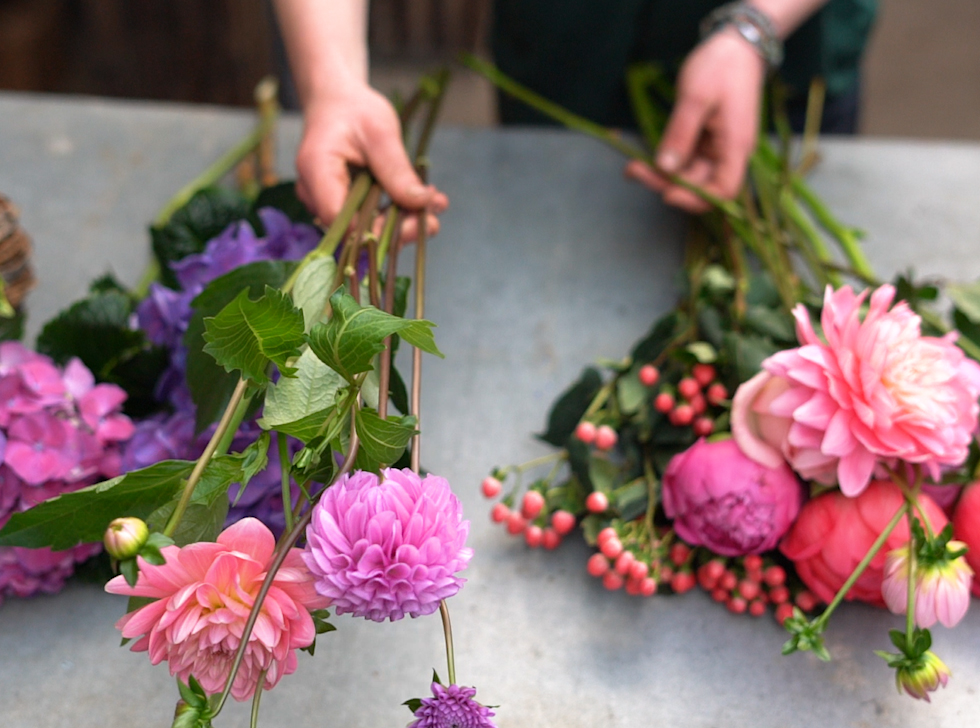Don’t let ticks and mosquitoes hold you hostage inside this Spring and Summer! Here are some of our favorite products to repel those unwanted garden and patio guests.
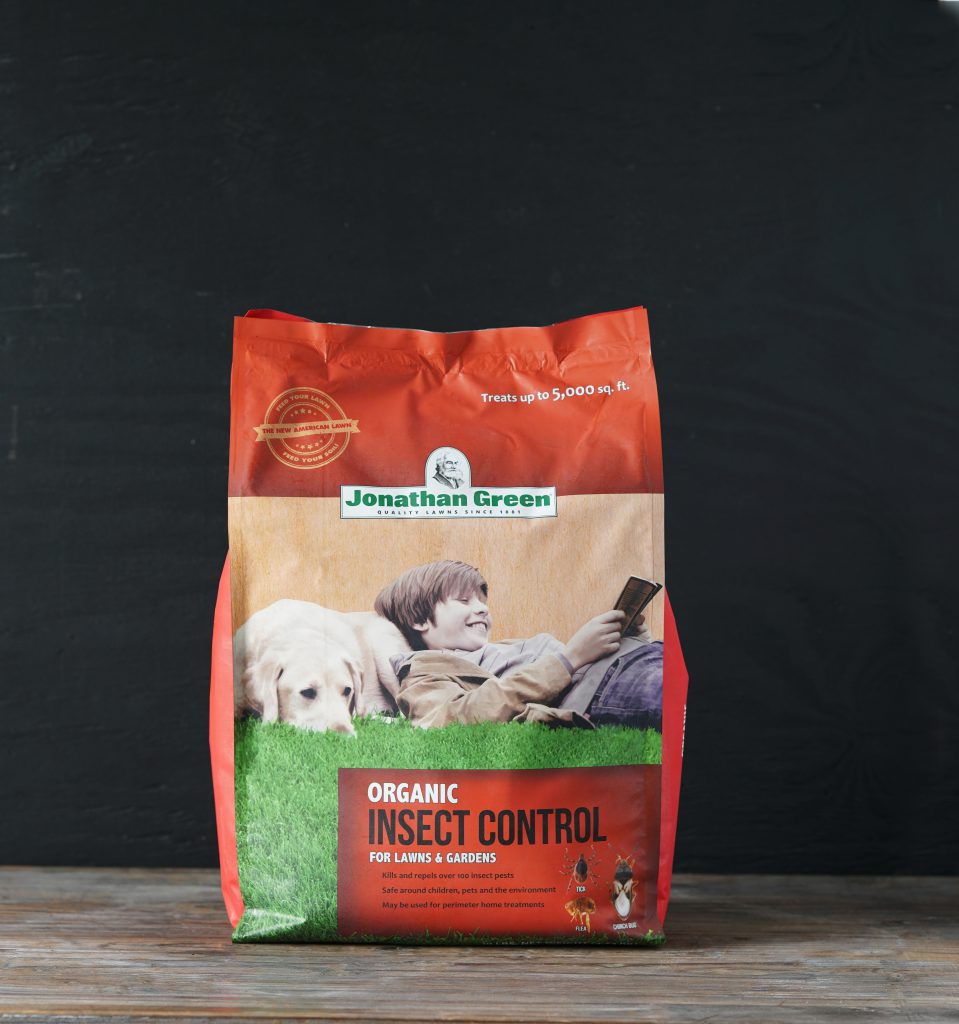
JONATHAN GREEN INSECT CONTROL Organically kill and repel ticks! Organic Insect Control kills and repels over 100 insect pests with a patented blend of organic plant oils including ants, fleas, spiders, ticks, chinch bugs, ants, earwigs, army worms, spiders, billbugs, beetles, mealybugs, millipedes and many other lawn insects. This product is environmentally safe. Uses scientific technology based on the natural defenses that plants use to protect themselves against insects and disease. These essential plant oils work by blocking specific neural pathways called Octopamine receptors that only exist in insects, therefore having no adverse effect on mammals, birds or fish. Causes an immediate “knock-down” followed rapidly by the insects’ death. These botanical formulas have strong repellency characteristics that keep new bugs from coming into the area.
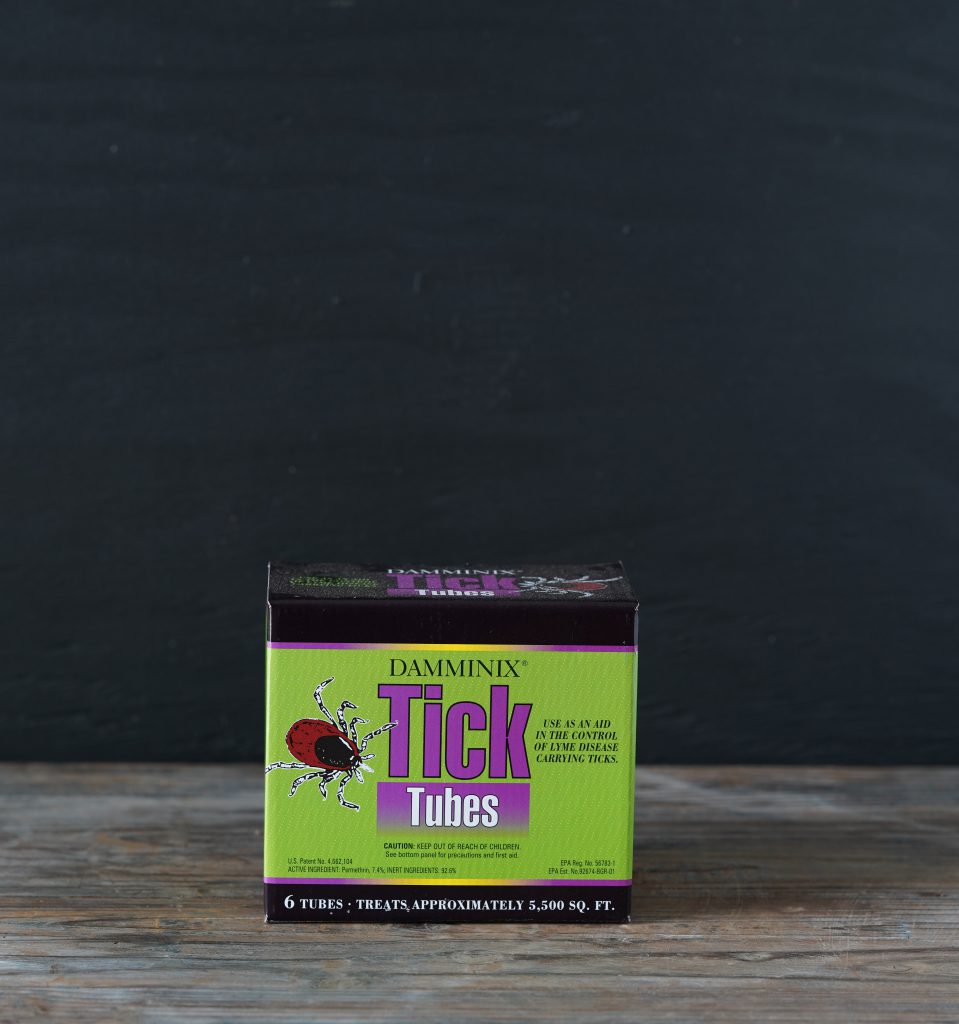
DAMMINIX® TICK TUBES Did you know that ticks get lyme disease from mice, not deer? Damminix Ticks Tubes® rely on the natural nesting instincts of mice to take the battle to source and deliver tick controlling permethrin directly to this host animal and the ticks it infects.
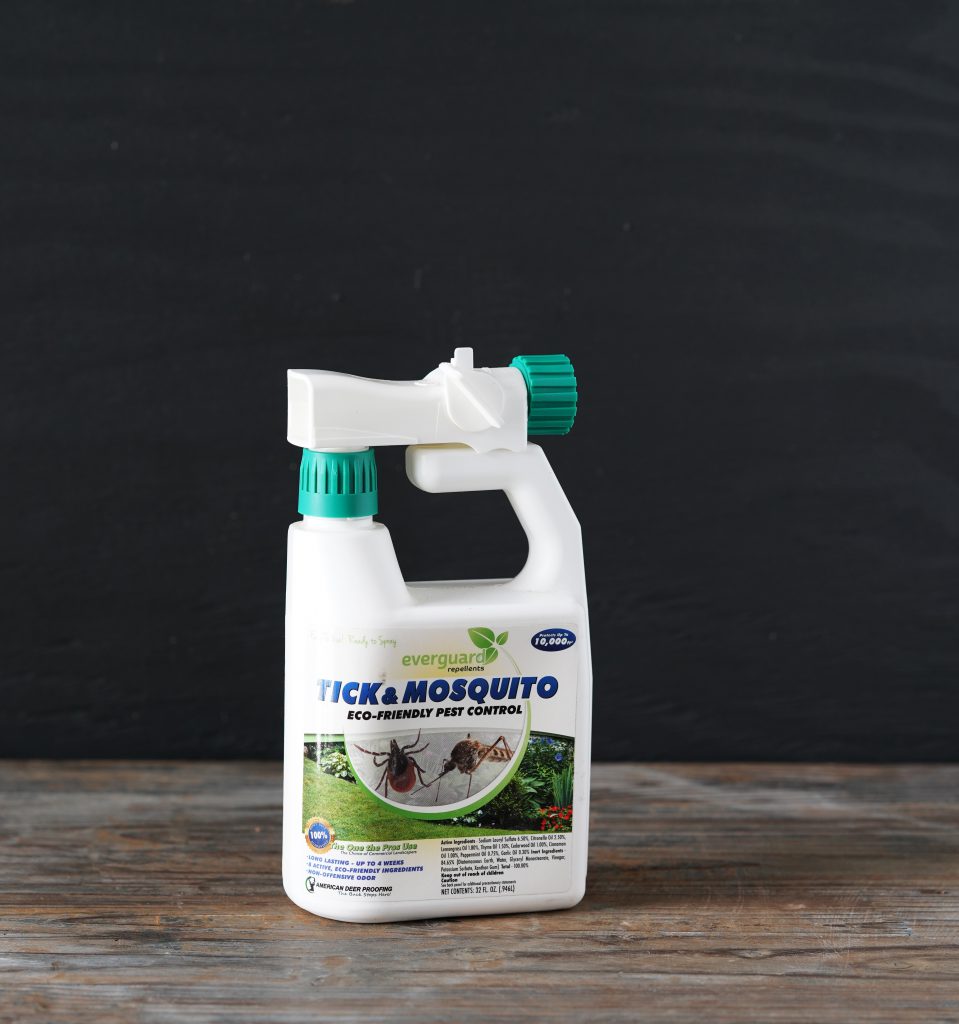
EVERGUARD™ TICK & MOSQUITO REPELLENT Designed to safely repel tick and mosquitoes. Attach a hose and spray around leaf litter, around shrubs, under decks, shaded areas and lawns. Contains citronella, lemongrass, cedarwood, thyme, cinnamon and garlic oils.
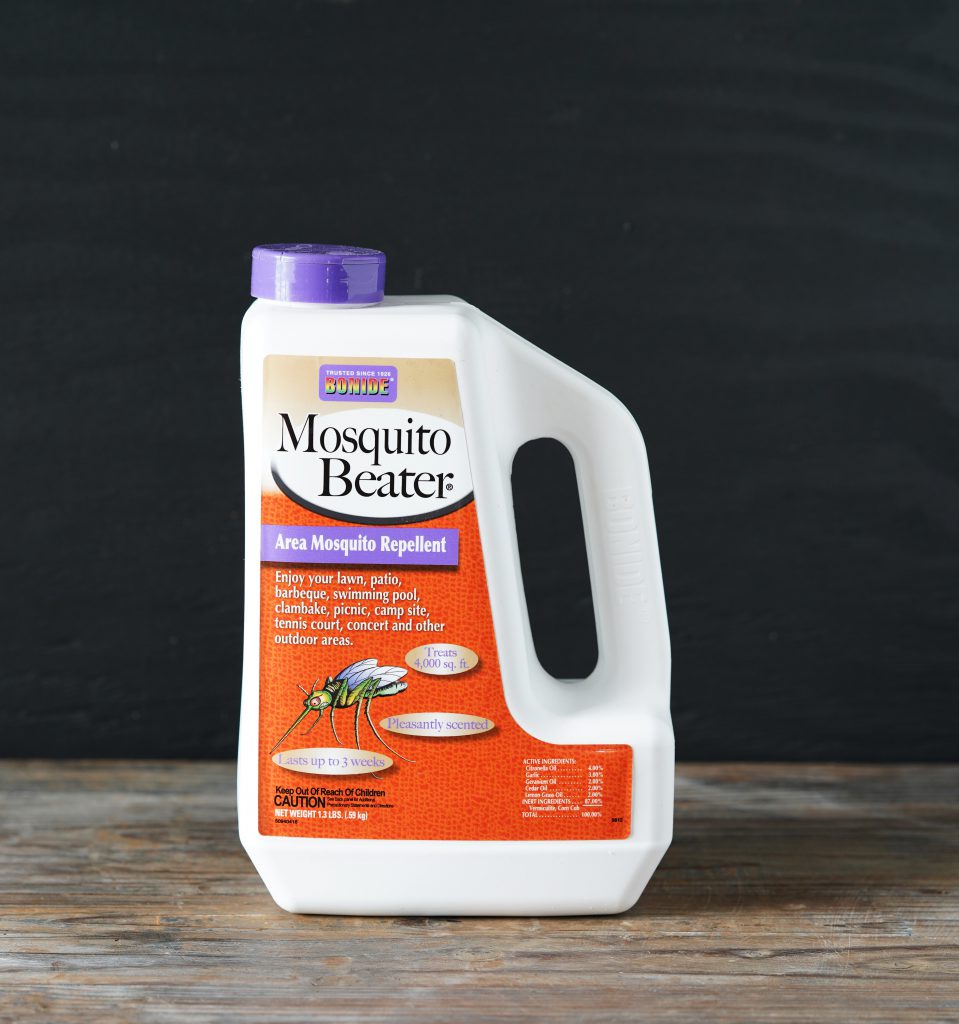
BONIDE® MOSQUITO-BEATER® GRANULES Made with natural ingredients. A field tested formula. Effectively repels for up to 3 weeks. Non – toxic, biodegradable and pleasantly scented. Easy to use shaker applicators. Enjoy mosquito free surroundings, any place, anytime.
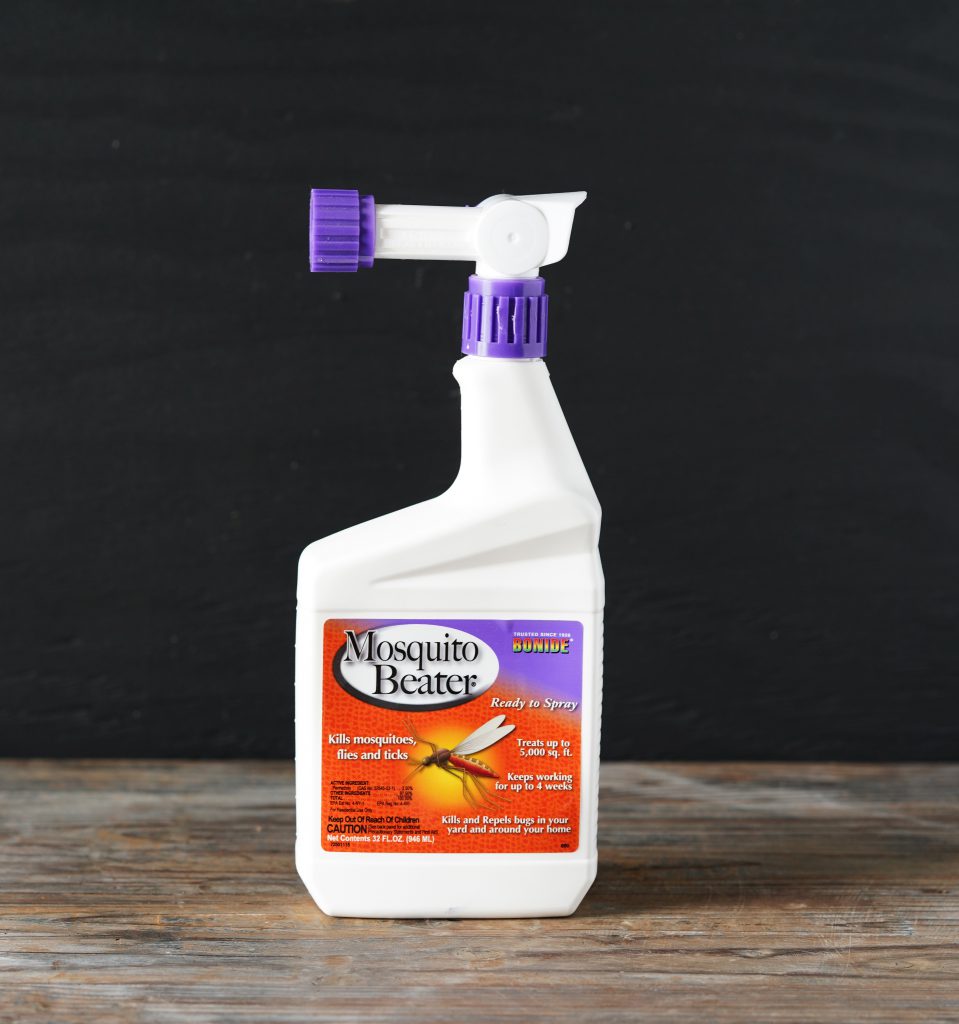
BONIDE® MOSQUITO-BEATER® READY-TO-SPRAY Kills and repels mosquitoes, flies, and gnats…1 qt. protects 5000 sq. ft. Simply attach to garden hose and apply. Low odor, water based Permethrin.
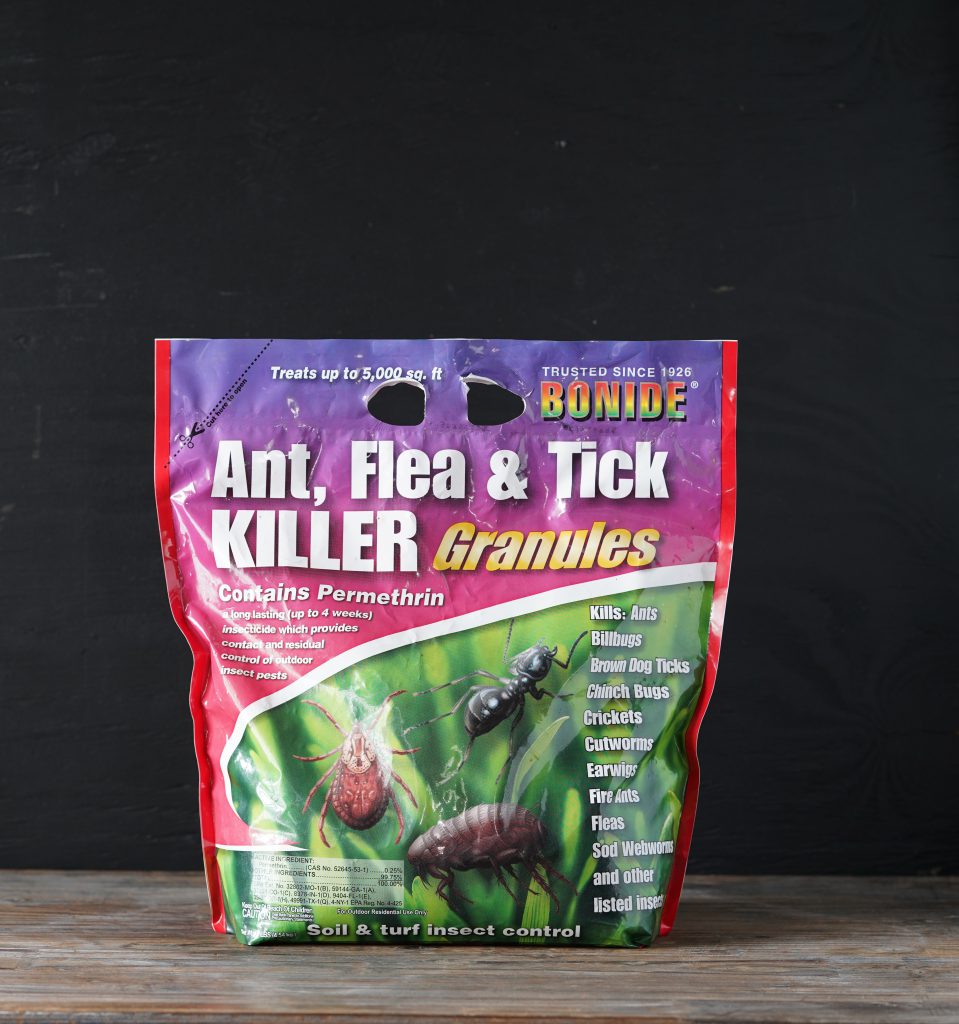
BONIDE® ANT, FLEA & TICK Fast-acting, long lasting (4 weeks) insect control for lawns and home foundations. Great for ants, fleas, ticks, crickets, spiders, silverfish and more! 10lbs treats 5,000 SF.

